
What is type 2 diabetes mellitus?
Medically reviewed by Dr Sultan Linjawi, Endocrinologist & Diabetes Specialist — December 2025
What is Type 2 Diabetes?
Type 2 diabetes explained simply
Type 2 diabetes is an elevation in blood sugars that occurs when a sugar called glucose can’t get into your fat and muscles where it is needed. Elevated blood glucose damages the lining of blood vessels leading to a range of complications in various organs of the body.
Type 2 diabetes explained in detail
Type 2 diabetes is rapidly becoming one of the most common long-term disease in the world. The elevation in blood glucose levels occurs when there is a change in the shape of the insulin receptor. In the normal situation, The body produces a small chemical called insulin — the ‘key’ — which binds to a receptor — the ‘lock’ — on fat and muscle cells, opening a channel to allow glucose to enter those cells. In type 2 diabetes the shape of this receptor changes mostly as a consequence of weight gain around the stomach. The process of the lock changing shape is called Insulin Resistance (see video below).
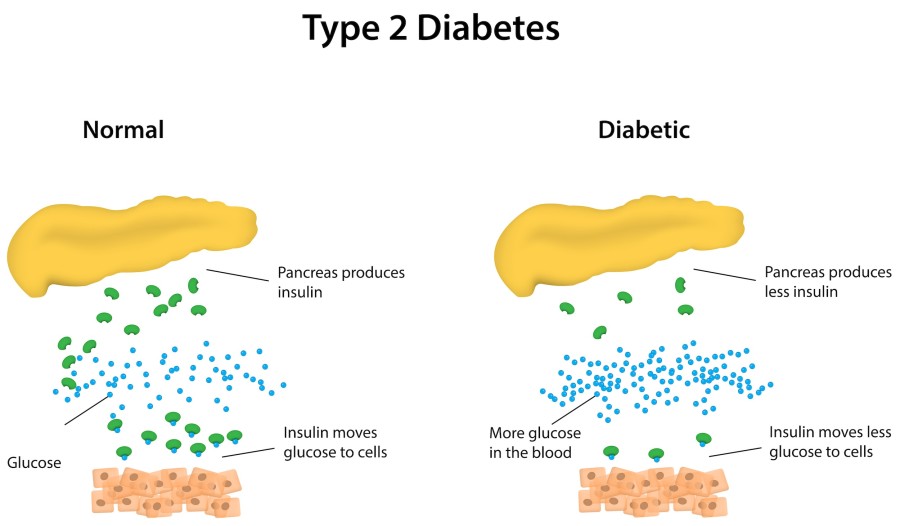
How common is type 2 diabetes?
The number of people diagnosed with diabetes is increasing. The 8th edition of the International Diabetes Federation’s (IDF) Diabetes Atlas released in 2019, estimated that:
- One in 11 people have diabetes (425 million)
- One in two adults with diabetes are undiagnosed (212 million)
- 12% of global health expenditure is spent on diabetes (USD$727 billion)
- Every 6 seconds a person dies from diabetes
IDF also estimated that by 2040:
- One in 10 adults will have diabetes
- Diabetes-related health expenditure will exceed USD$802billion

Type 2 diabetes mellitus is a very serious condition
People with diabetes who have ongoing high blood glucose levels, are at an increased risk of having poor health outcomes compared to people who do not have diabetes. Some statistics that relate to people with diabetes include:
- People with diabetes are up to four time more likely to suffer heart attacks or strokes
- Diabetes is the leading cause of vision-loss globally and is the fifth most common cause of preventable blindness and fifth more common cause of moderate to severe visual impairment
- Kidney failure is three times more common in people with diabetes
- Amputations are 15 times more common in people with diabetes
- More than 30 percent of people with diabetes experience depression, anxiety, and distress
- Early diagnosis, optimal treatment, and effective ongoing support and management reduce risk of diabetes-related complications dramatically.
Who is at risk of developing type 2 diabetes?
There are a number of risk factors of type 2 diabetes. You are more likely to get type 2 diabetes if you are carrying weight around your belly. It is much more common in people from certain ethnic backgrounds like Indian, Middle Eastern, south-east Asian and indigenous populations. In these groups rates of diabetes can approach 30% of the adult population. In Caucasian populations, the rates are more typically 10% of the adult population.
The risk factors which increase your chance of developing type 2 diabetes include:
- Have a family history of diabetes
- Being overweight or obese, particularly extra weight around the waist
- Being physically inactive
- Eating a poor diet (one that is high in fat, salt, and sugar)
- High blood pressure
- Having signs associated with diabetes like skin tags and dark colouration around the neck and arm pits called acanthosis nigricans
- Being older (over 55 years of age) – the risk increases as we age
- Over 45 years of age and being overweight
- Ethnic background, including Aboriginal and Torres Strait Islanders, Pacific Islanders, Asian and South East Asian, African Americans, Native Hawaiians, and Hispanics/ Latinos
What are the symptoms of type 2 diabetes?
The most common symptoms of type 2 diabetes mellitus is nothing at all. That’s part of the problem, the person feels ok, but the damage is already occurring. Many people experience tiredness and fatigue and that is really noticed when you start to get sugars under more control. When the blood sugar levels are grossly elevated then people may notice excessive thirst and trips to the toilet to pass urine. This occurs as high blood sugars pass into the urine and with the sugar, goes water.
The general symptoms and signs of type 2 diabetes include:
- Fatigue and irritability
- Excessive thirst, frequent urination, and dehydration
- Ongoing hunger
- Yeast and bacterial infections
- Dry and itchy skin
- Cuts and wounds that don’t heal quickly
- Pain and numbness in your feet or legs
- Blurred vision
- Changes in weight

DO YOU WANT TO GET YOUR DIABETES UNDER THE BEST CONTROL?
Click the program that best describes your situation.
How this page fits into your learning
My Health Explained is designed to help you understand diabetes over time, not all at once. Most people arrive with one specific question, then build confidence as new questions come up.
This page covers one important part of that picture. You'll see links throughout to related topics that explain why things happen, what options exist, and what tends to help in real life.
If something here raises a question, follow the links that feel most relevant and ignore the rest for now. This resource is built to support learning at your own pace.
Want new articles and practical guides as we publish them? Subscribe to the newsletter.
Explore key areas of Type 2 diabetes
These sections cover the main areas people with Type 2 diabetes commonly ask about.

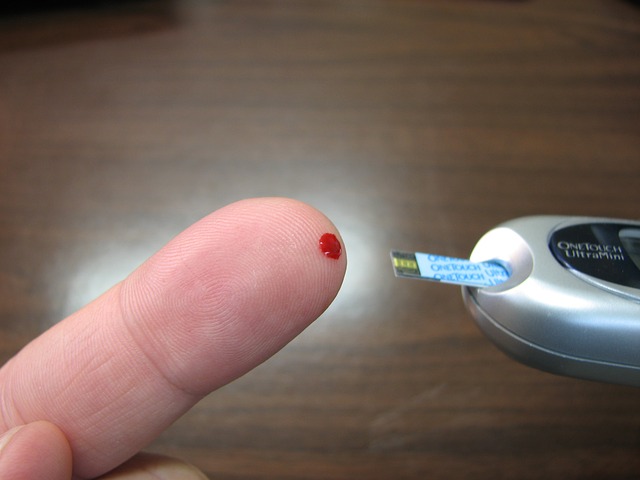
Signs and Symptoms of Type 2 Diabetes

Insulin Resistance: Causes, Symptoms and How to Improve It
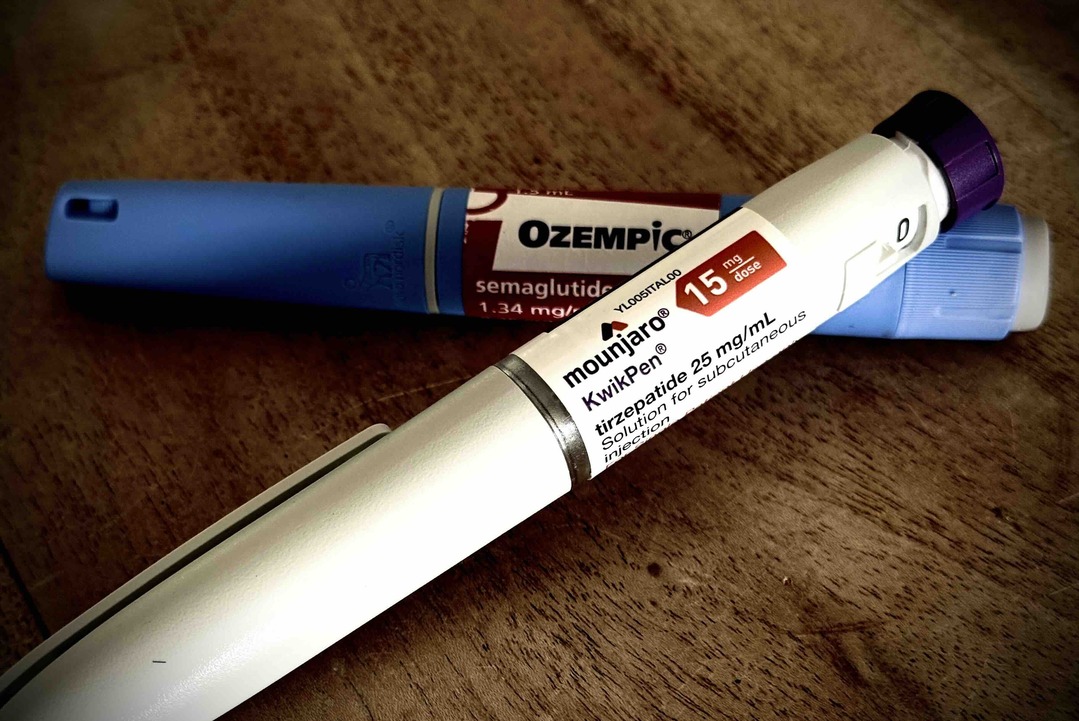
What are GLP-1 medications and how do they work

How is type 2 diabetes treated?
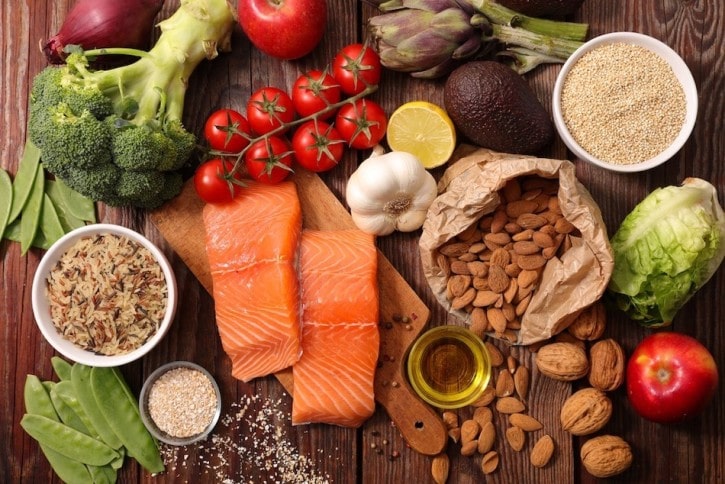
Type 2 diabetes and diet: what do I need to know?

What complications occur in type 2 diabetes? How likely is it that it will happen?

How is type 2 diabetes monitored?

Mental health in type 2 diabetes

Type 2 diabetes symptoms in men
There are some symptoms of type 2 diabetes mellitus in men are often related to sexual health and function.
- Erectile dysfunction
- Retrograde ejaculation
- Urologic issues, including overactive bladder, urinary tract infections, and inability to control urination
- Decreased sex drive
Type 2 diabetes symptoms in women
The symptoms of type 2 diabetes in women also often relate to sexual health and function. They include:
- Vaginal and oral yeast infections, and vaginal thrush
- Urinary tract infections
- Female sexual dysfunction
- Polycystic ovary syndrome
How is type 2 diabetes diagnosed?
Most people diagnosed with diabetes are picked up by chance based on a high blood glucose noticed in routine testing. This is not the best way to test for diabetes and so more formal and targeted tests should be asked for. This is typically a glucose tolerance test or a Hb A1c test. A glucose tolerance test involved a fasting blood test, 75g of glucose as a sugary drink followed by another test of blood sugar taken 2 hours later. Diagnosing diabetes should not rely solely on using a Hb A1c test.
What is the Hb A1c test?
The Hb A1c test, or the glycated haemoglobin A1c test, is a blood test that can be taken at any time and is not affected by food. You don’t need to fast before taking the test. It gives an indication as to what your average blood glucose levels have been over the previous three months, by measuring the percentage of a certain type of haemoglobin, called HbA1 that has been altered by a glucose molecule has attached to it. After glucose has attached to haemoglobin A1 (HbA1) it is given a new name, Haemoglobin A1c or Hb A1c.

As mentioned, the Hb A1c test should not be used to diagnose type 2 diabetes. HbA1c can be a useful measure of blood glucose control, but it’s important to remember that it is only an indirect measure of blood glucose control. For some people with diabetes, there may be other conditions that can cause a falsely low or falsely high Hb A1c reading.
You use the HbA1c tool to see how your average blood glucose levels are going.
Type 2 diabetes complications
Diabetes is a vascular disease which means it affects blood vessels. Complications in type 2 diabetes can be described as microvascular (small blood vessels) or macrovascular (large blood vessels) complications (Microvascular and Macrovascular Complications of Diabetes). Diabetes-related complications occur over time due to persistent high blood glucose levels, high blood pressure, and abnormal cholesterol levels. These complications are serious and can be life-threatening.
Macrovascular complications - Problems with large blood vessels
Macrovascular disease affects the larger blood vessels in our body that supply blood to the heart, brain, and legs. Macrovascular complications include:
- Coronary artery disease which can lead to a heart attack
- Cerebrovascular disease which can lead to a stroke
- Peripheral artery disease which can lead to pain deep in the leg muscles (calves, thigh, or buttocks) during activity as well as amputations.
Microvascular complications – problems with small blood vessels
Like macrovascular disease, ongoing high blood glucose levels are an important risk factor for the development of microvascular disease in patients with type 2 diabetes. Microvascular complications include:
- Retinopathy – Disease of the eye which can lead to blindness
- Neuropathy – Disease of the nerves which can lead to foot ulcers requiring amputation
- Nephropathy – Disease of the kidneys which can lead to kidney failure and the need for dialysis
Hb A1c and complications in type 2 diabetes
Higher Hb A1c readings are also linked to an increased risk of complications. You can read about Hb A1c and the risk of developing type 2 diabetes complications to learn more.
How is type 2 diabetes treated?
Maintaining a healthy weight through a healthy diet and regular physical activity, is not only important in your type 2 diabetes treatment, but it is important for your overall health and well-being.
Healthy diet
Understanding what food you can eat and in what quantities, can be difficult, and there is no set type 2 diabetes diet. It can take some time adjusting to a change in diet, even if they’re only small changes. A healthy diet for people with type 2 diabetes is very similar to a healthy diet of people without type 2 diabetes. The difference is that people with type 2 diabetes mellitus, need to be aware of their carbohydrate intake. Carbohydrate counting is a good option for people with diabetes, because it can help them to space their carbohydrate intake out across the day. Adopting a healthy diet can also aid in weight loss.
Physical activity
Regular exercise has great benefits for everyone, including people with diabetes! Exercise has the ability to lower your blood glucose levels by moving glucose into your cells where it’s used for energy. Exercising can also increase your sensitivity to insulin, meaning that your body needs less insulin to move glucose from the blood and into the cells.
When exercising, you should aim for at least 30 minutes or more of aerobic exercise on most days of the week. You could even break it up into three lots of 10 minutes and spread it across the day! Remember, it it’s been awhile since you were last active, start slowly and build gradually.

For tips on how to incorporate exercise into your everyday routine, read our 4 easy diet and exercise steps or exercise snacking – an easy way to achieve weight loss and improve diabetes.
Monitoring blood glucose levels at home
Monitoring type 2 diabetes is important and this includes blood glucose levels! You may be checking and monitoring your blood glucose levels around four times per day, or even more if you’re using insulin. Careful and regular daily monitoring is the only way to ensure that your blood glucose levels remain within the target range. If you have type 2 diabetes and you aren’t using insulin, you will likely check your blood glucose levels less frequently throughout the day.
Regular blood tests with your doctor
In addition to daily monitoring, you should be having a blood test every three months to check your Hb A1c. Hb A1c is a measure of your average blood glucose level over three months. Hb A1c test is a good indicator for how well your diabetes treatment plans have been going overall. Your target levels may differ from someone else due to your age or what medications you may be taking to help with your diabetes management.
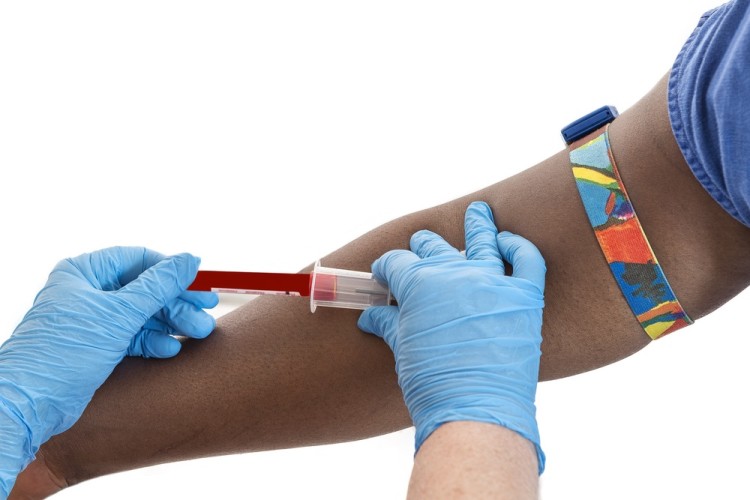
Oral or other medications
Sometimes oral medications are given to people with diabetes, for example metformin. Some of these medications can stimulate your pancreas to produce and release more insulin. Other medications can inhibit the production and release of glucose from your liver, which means that you need less insulin. One of the most common medications is metformin (which is covered in detail in the following article Starting on metformin. What you need to know). This is typically the first medication prescribed to people with type 2 diabetes.
Medications used to treat type 2 diabetes include:
- Biguanides like metformin
- Sulfonylureas such as Glimepiride, Gliclazide and Glibenclamide
- SGLT2 inhibitors
- Thiazolidinediones (Glitazones) like Actos
- DPP4 inhibitors like sitagliptin, Valdagliptin, Saxagliptin and linagliptin.
- GLP-1 analogues either daily or once weekly (such as Trulicity)
- Insulins with long acting basal, mixed insulins such as Ryzodeg as well as bolus or prandial insulins.
Insulin
Some people with type 2 diabetes or gestational diabetes use insulin too. Insulin is also essential for people with type 1 diabetes.
There are many different types of insulin products available. This includes rapid-acting insulin, intermediate insulin which is a mix of rapid and long-acting and long-acting insulin. The type of insulin you use depends on your treatment plan. Your doctor may have prescribed you with a combination of insulin types to use throughout the day and night.
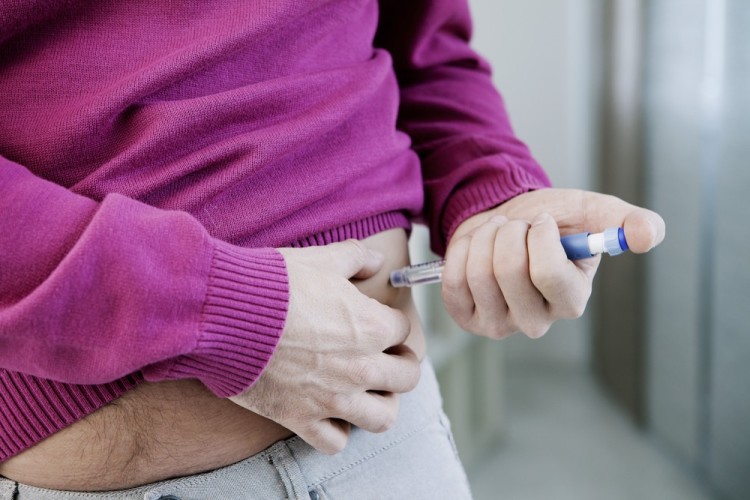
If you do use insulin as part of your diabetes treatment, you need to keep in mind that where you store your insulin, can impact on the effectiveness of insulin. Storing insulin in the fridge in the incorrect place, can result in your blood glucose levels running higher than normal.
Is there a special diet I should follow if I have type 2 diabetes?
You may have heard of a ‘diabetes diet’ but there is no specific diabetes friendly diet! There are, however, certain foods that you should prioritise over others. A healthy diet focuses on a wide variety of fruits and vegetables, wholegrains, lean proteins (i.e. red meat and fish), and low-fat dairy. These are foods that are packed with essential vitamins and minerals, and lower in fat and energy. Limiting the amount of saturated fats, refined carbohydrates (white bread and pasta), and sugary foods is also important. On the note of sugary foods, it is ok to have them sometimes, but they should be limited and treated as an occasional food item.
If you’re interested in the history of different diets used to treat diabetes, read about the “Diabetic Diet:” When did it begin and how has it changed?
Carbohydrates and type 2 diabetes
You might have heard people talk about sugar and diabetes. Sugar is actually one form of carbohydrate! In addition to sugars, other forms of carbohydrates include starches and some types of dietary fibre.
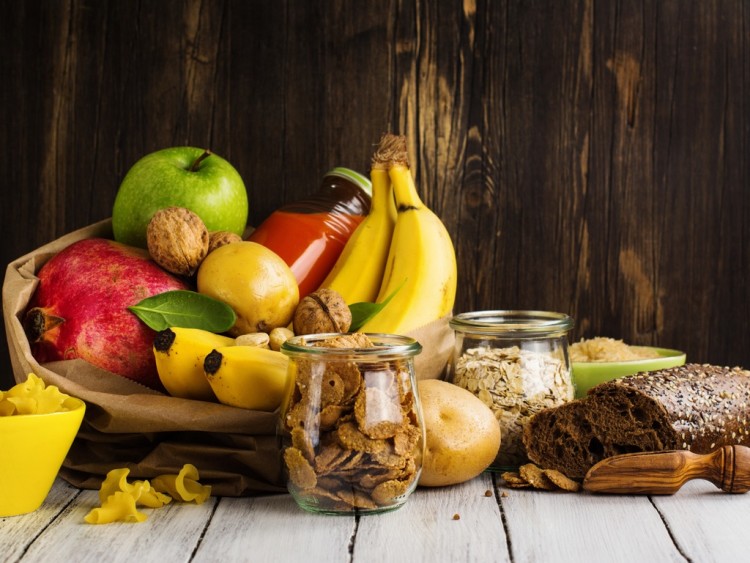
Carbohydrates, or carbs, are important because they can have a huge impact on your blood glucose levels if you have type 1 diabetes, type 2 diabetes or borderline prediabetes. A very good way to remember which foods contain carbohydrates is to think about foods that come from plants like fruit, seeds and grains. The other major source of carbohydrates is dairy foods. Generally dairy foods contain carbohydrate in the liquid parts. There is carbohydrate in milk but very little to no carbs in cheese. You can learn more about the different type of carbohydrates by reading carbohydrates and diabetes.
Should I follow a low carb diet if I have type 2 diabetes?
Some people with type 2 diabetes may find a low carb diet useful in managing their weight, and this has shown to be effective and reasonably safe, in short term trials. However, like in Type 1 Diabetes studies, there is limited evidence for long term weight management. Often, people find it difficult to stick to very low carb diets (ketogenic) and find a more moderate carbohydrate approach is easier (that is around 130g carb each day).
If you have type 2 diabetes, you don’t need to follow a low carb diet, but you do need to be aware of the amounts of carbs you’re eating. There are some simple ways to reduce the amount of carbs in your diet, without losing out on flavour. One example great example is when making mashed potato, try combining a ratio of half mashed cauliflower with half mashed potato. 1 cup of potato/cauliflower mix is equal to 17g of carbohydrate, when compared to 1 cup mashed potato, which equals 30g of carbohydrate. This means, that 1 cup of mashed potato on its own, is equal to two portions of carbohydrate.
Our article, how to reduce carbs in your diet, has so many more easy and simple tips that you can do to reduce your carbohydrate intake.
You can also learn more about carbohydrate counting by joining the personalised 12-week diabetes programs. By understanding how carbohydrates impact on your blood glucose levels and how to count carbohydrates, will make a huge impact on better managing your type 2 diabetes. By managing your condition well, you can reduce your risk of developing complications of type 2 diabetes.
Can I prevent type 2 diabetes?
You may have just found out that you are at risk of developing diabetes. This may be more difficult than you anticipated. However, if you don’t have diabetes yet, this is actually really good news. It means that you can make changes now to prevent or delay developing type 2 diabetes. Making some simple changes now, can have a huge impact on your health for the years ahead.
So, yes! You can prevent type 2 diabetes. Phew!
What can I do to prevent type 2 diabetes?
There are changes you can make to improve your health and reduce your risk of developing diabetes. These include:
- Eating well
- Moving your body more
- Being a healthy weight
- Setting realistic goals
- Getting support
- Make changes part of your everyday
There is also some evidence that suggests quitting smoking can help to reduce your risk of developing diabetes. While there still needs to be more research done in this by scientists, there are plenty of other great reasons to quit smoking. For example, quitting smoking can help to lower your risk of having a stroke or heart attack.
Making these changes can also help to reduce your risk of developing diabetes comorbidities; hypertension and dyslipidemia.

Can type 2 diabetes be reversed?
Ahh. The million-dollar question. The honest answer is yes, type 2 diabetes mellitus can be reversed for some, but that is not true for everybody.
The sooner you start to treat and manage diabetes well, the greater pancreatic function remains, the better your chances. Whether it is reversible or not does not change that fact improving your diet and exercise and using the right medication all lead to dramatic improvements. Fundamentally it is not diabetes that damages the body but high blood sugars. Most people manage their diabetes with the help a medical team and use medication. An outline to help understand more about how diabetes is treated? is very helpful.
What should I do next?
If you experience any symptoms of type 2 diabetes or you have type 2 diabetes risk factors, it is important to get tested for as soon as possible. Some people are at higher risk and need regular testing. If you are 45 years or older or have other risk factors for diabetes, you will require more frequent testing. By diagnosing and treating the type 2 diabetes early, it means you can decrease the risk of developing diabetes or delay type 2 diabetes complications, for example nerve damage, blindness, and heart disease. It is important to know that diagnosing type 2 diabetes should not rely solely on using a Hb A1c test.
Once you learn what your type 2 diabetes status is, or if you already have type 2 diabetes, the next most important step is to become educated. You can join the 12-week Type 2 Diabetes Program to help you learn how to prevent or delay type 2 diabetes. The program is personalised and tailored, giving you more of the content that you want. The program also helps you to stay motivated and teaches you what changes you need to make. The first week is free and full of helpful and crucial information.
If you would like to be a part of a supportive program, with easy to understand video content covering all aspects of diabetes, join our personalised 12-week Type 2 Diabetes Program today! Don't forget, when you sign up, you receive the first week free!
Frequently Asked Questions
What is type 2 diabetes?
Type 2 diabetes is a long-term condition where blood glucose (sugar) levels are too high because glucose cannot move easily from the bloodstream into the muscle and fat cells where it is needed for energy. Over time, elevated blood glucose damages the lining of blood vessels and can lead to complications in many organs of the body.
How does type 2 diabetes develop?
In type 2 diabetes, the body becomes insulin resistant. Normally, the body produces insulin – the “key” – which binds to receptors – the “lock” – on fat and muscle cells and opens a channel so glucose can enter the cell. With weight gain, especially around the stomach, the shape of this receptor changes and the “lock” no longer opens properly. This process is called insulin resistance. Over time, the pancreas also produces less insulin, so even less glucose moves from the bloodstream into the cells.
How common is type 2 diabetes?
Type 2 diabetes is rapidly becoming one of the most common long-term diseases worldwide. The International Diabetes Federation (IDF) has estimated that around 1 in 11 adults currently have diabetes, that half of all adults with diabetes are undiagnosed, and that diabetes accounts for a significant and growing share of global health expenditure. By 2040, it is expected that about 1 in 10 adults will have diabetes.
Why is type 2 diabetes a serious condition?
Type 2 diabetes is serious because ongoing high blood glucose increases the risk of heart attacks and strokes, vision loss, kidney failure, amputations, and mental health problems such as depression, anxiety, and diabetes distress. People with diabetes are far more likely to experience these complications than people without diabetes. The good news is that early diagnosis, optimal treatment, and ongoing support can dramatically reduce the risk of diabetes-related complications.
Who is at risk of developing type 2 diabetes?
You are more likely to develop type 2 diabetes if you carry extra weight around your waist, have a family history of diabetes, are physically inactive, eat a diet high in fat, salt, and sugar, or have high blood pressure. The risk is higher in some ethnic groups, including Indian, Middle Eastern, South-East Asian, Aboriginal and Torres Strait Islander, Pacific Islander, African American, Native Hawaiian, Hispanic/Latino, and some Indigenous populations, where rates can approach 30% of adults. Risk also rises with age, especially after 45–55 years.
What are the symptoms of type 2 diabetes?
The most common symptom of type 2 diabetes is often no obvious symptom at all. Many people feel “normal” while high blood glucose quietly causes damage. Others notice tiredness and fatigue, and often feel better once glucose levels improve. When blood sugars are very high, symptoms can include excessive thirst, frequent trips to the toilet to pass urine, and dehydration as sugar and water are lost in the urine.
What are the general signs and symptoms of type 2 diabetes?
General signs and symptoms of type 2 diabetes can include fatigue and irritability, excessive thirst and frequent urination, dehydration, ongoing hunger, recurrent yeast or bacterial infections, dry and itchy skin, cuts and wounds that do not heal quickly, pain or numbness in the feet or legs, blurred vision, and unexplained changes in weight.
What are type 2 diabetes symptoms in men?
In men, type 2 diabetes symptoms often include issues related to sexual health and urinary function. These can include erectile dysfunction, retrograde ejaculation, urinary problems such as overactive bladder, urinary tract infections, difficulty controlling urination, and a reduced sex drive.
What are type 2 diabetes symptoms in women?
In women, type 2 diabetes symptoms can also involve sexual and reproductive health. Common issues include vaginal and oral yeast infections, vaginal thrush, recurrent urinary tract infections, female sexual dysfunction (such as low libido or discomfort with intercourse), and an increased likelihood of polycystic ovary syndrome (PCOS).
How is type 2 diabetes diagnosed?
Many people are diagnosed with type 2 diabetes by chance during routine blood testing. However, targeted testing is better. Diagnosis usually involves a fasting blood glucose test and a formal oral glucose tolerance test, where a fasting blood sample is taken, 75 g of glucose is drunk, and another sample is taken two hours later. An HbA1c test is often used to assess long-term glucose control, but diagnosis should not rely on HbA1c alone.
What is the HbA1c test?
The HbA1c test, or glycated haemoglobin A1c test, measures the percentage of a specific haemoglobin that has glucose attached to it. It reflects your average blood glucose levels over the previous three months and does not require fasting. While very useful for monitoring diabetes control, HbA1c is an indirect measure and can be falsely high or low in some conditions, so it should be interpreted in context rather than used as the only diagnostic test.
What complications can occur with type 2 diabetes?
Type 2 diabetes is a vascular disease, meaning it affects blood vessels throughout the body. Over time, persistent high blood glucose, high blood pressure, and abnormal cholesterol can lead to macrovascular complications (heart attacks, strokes, and peripheral artery disease in the legs) and microvascular complications (eye disease, nerve damage, and kidney disease). These complications are serious and can be life-threatening if not prevented or treated early.
What are macrovascular and microvascular complications?
Macrovascular complications involve large blood vessels and include coronary artery disease, which can cause heart attacks; cerebrovascular disease, which can cause strokes; and peripheral artery disease, which causes leg pain with walking and increases the risk of ulcers and amputations. Microvascular complications involve small blood vessels and include retinopathy (eye disease leading to vision loss), nephropathy (kidney disease leading to kidney failure and possible dialysis), and neuropathy (nerve damage that can cause pain, numbness, and foot ulcers).
How is type 2 diabetes treated?
Treatment for type 2 diabetes focuses on lowering blood glucose and reducing the risk of complications. Key elements include a healthy diet, regular physical activity, weight management, monitoring blood glucose levels, and regular blood tests such as HbA1c. Many people also need medications such as metformin or other oral agents, GLP-1 receptor agonists, SGLT2 inhibitors, or insulin. Most people manage their diabetes with support from a healthcare team and a personalised treatment plan.
Do I need a special diet if I have type 2 diabetes?
There is no single “diabetes diet”, but people with type 2 diabetes benefit from a healthy eating pattern. This usually focuses on plenty of vegetables and some fruit, wholegrains, lean proteins, and low-fat dairy, while limiting saturated fats, refined carbohydrates (such as white bread and pasta), and sugary foods. People with type 2 diabetes need to be especially aware of their carbohydrate intake and how it affects blood glucose levels.
What is the role of carbohydrates in type 2 diabetes?
Carbohydrates (including sugars, starches, and some fibres) have the greatest immediate impact on blood glucose levels in people with type 2 diabetes, type 1 diabetes, or prediabetes. Many plant-based foods such as fruits, grains, breads, cereals, and some vegetables, as well as dairy products like milk and yoghurt, contain carbohydrates. Learning which foods contain carbs and how to count or estimate them is an important part of managing type 2 diabetes.
Should I follow a low carb diet if I have type 2 diabetes?
Some people with type 2 diabetes find that a low carb diet helps with weight loss and glucose control in the short term, and short-term studies suggest this approach can be effective and reasonably safe for some individuals. However, very low carb or ketogenic diets can be hard to maintain long term, and evidence for long-term benefits is limited. Many people find a moderate carbohydrate approach easier, focusing on reducing highly processed carbs and using simple swaps to lower the carb load without losing flavour.
Can type 2 diabetes be prevented?
Yes, in many cases type 2 diabetes can be prevented or delayed. If you are at risk, this is positive news because it means changes made now can have a big impact on your long-term health. Maintaining a healthy weight, eating well, moving more, and managing blood pressure and cholesterol can all reduce your risk of developing type 2 diabetes.
What can I do to reduce my risk of type 2 diabetes?
To reduce your risk of type 2 diabetes, focus on eating a balanced, nutrient-dense diet, moving your body more every day, and achieving or maintaining a healthy weight. Setting realistic goals, getting support from family, friends, or a health professional, and making changes part of your daily routine all help. Quitting smoking can also reduce your risk of diabetes and significantly lower your risk of heart attack and stroke.
Can type 2 diabetes be reversed?
For some people, type 2 diabetes can go into remission, especially when it is diagnosed early and intensive lifestyle changes are made. Significant weight loss, improved diet, increased physical activity, and appropriate medications can all help. Even if complete reversal is not possible, improving your glucose control will still dramatically reduce your risk of complications. It is high blood sugars over time, rather than the diagnosis itself, that cause damage.
What should I do if I think I might have type 2 diabetes?
If you have symptoms of type 2 diabetes or risk factors such as being over 45, having a family history, or carrying extra weight around your waist, it is important to see your doctor and request appropriate testing. Early diagnosis and treatment can prevent or delay complications such as nerve damage, blindness, and heart disease. Once you know your diabetes status, the next step is to become educated and engage in a structured, supportive program to help you manage or prevent type 2 diabetes effectively.



